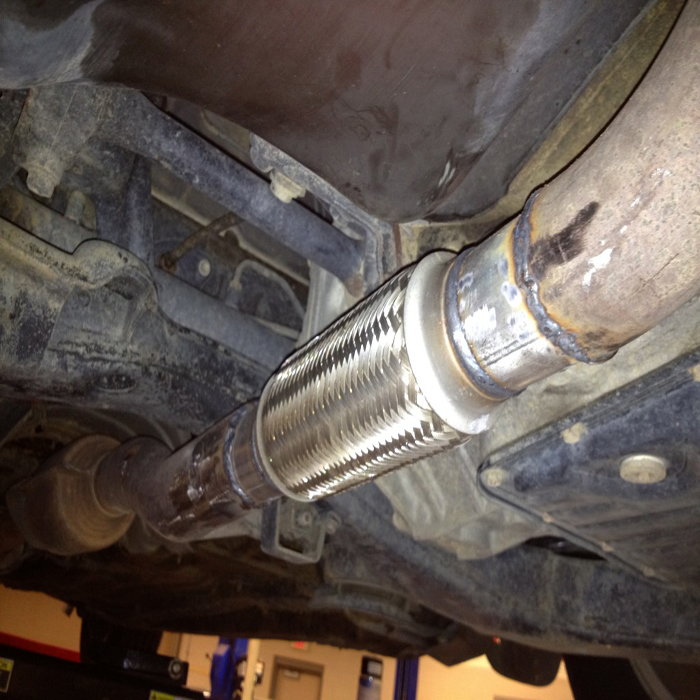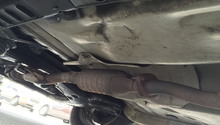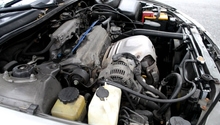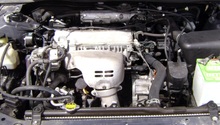Toyota Camry: What's Wrong with My Catalytic Converter?
Are you experiencing problems with your catalytic converter? The problem may not be as expensive as you think. Use this guide to help find a solution to your problematic converter.
This article applies to the Toyota Camry (1997-2011).
The catalytic converter is a special component of your exhaust system that filters out all the bad gases (exiting your engine) before they are released into the air. It is made up of an outer steel covering and interior honeycomb assembly, which is also known as a catalyst. The catalyst houses a mixture of plutonium and other precious metals that are used to purify the exhaust gases. There are a few things that can cause your converter to fail, and they generally relate to normal wear, environmental debris, or fuel issues. Common side effects of a malfunctioning converter include the loss of back pressure or power, and will result in your vehicle failing a state emissions test. Use this guide to help solve any problems with your catalytic converter, and maybe even prevent it from future damage.
Materials Needed
- Welder
- Metric socket set
- 3/8" Ratchet
- Sea Foam
Step 1 – Listen to the exhaust
The interior may have melted.
Over time, the inside of you converter can get used up, causing the internal components to sometimes melt or break off. When this occurs, your exhaust system will rattle while the engine is running. When you accelerate, the rattle will get louder and louder. Symptoms of a broken catalytic converter include loss of power, stalling, or poor fuel economy.
- While the car is running, look under the chassis.
- Try to find the source of the rattle. You should be aware that a loose pipe can also cause the exhaust to rattle.
- If the noise is coming from the converter, then it's time to replace it.

(Related Article: How to Jack up Your Car - CamryForums.com)
If no abnormal sounds could be heard, then continue to Step 2.
Step 2 – Check the pipes
The converter might be clogged.
- To check for a clogged converter, unbolt the bolts holding the manifold to first exhaust pipe.
- Loosen the rear bolts.
- Remove the exhaust pipe from its rubber hanger.
- Lower the exhaust pipe and look inside.
- If its clogged, clean it out and install the exhaust pipe.
If there aren't any clogs in the converter, then continue to Step 3.
Step 3 – Inspect the flex pipe
There may be an exhaust leak.
Be weary of exhaust leaks! Instead of just inspecting the catalytic converter, listen for any leaks that can be coming from the exhaust piping. If the piping from the manifold to the converter is leaking, you will be able to hear a raspy noise, which will also be accompanied by an exhaust smell. The most common places for leaks to form is on the flex section of an exhaust pipe. If there is a leak, you will have to cut off and weld on a new section of flex piping.

Related Discussions
- Front Exhaust" pipe? - CamryForums.com
- 2003 Toyota Camry "Cataclysmic" converter - CamryForums.com
- 03 Camry Catalytic Converter problem - CamryForums.com






